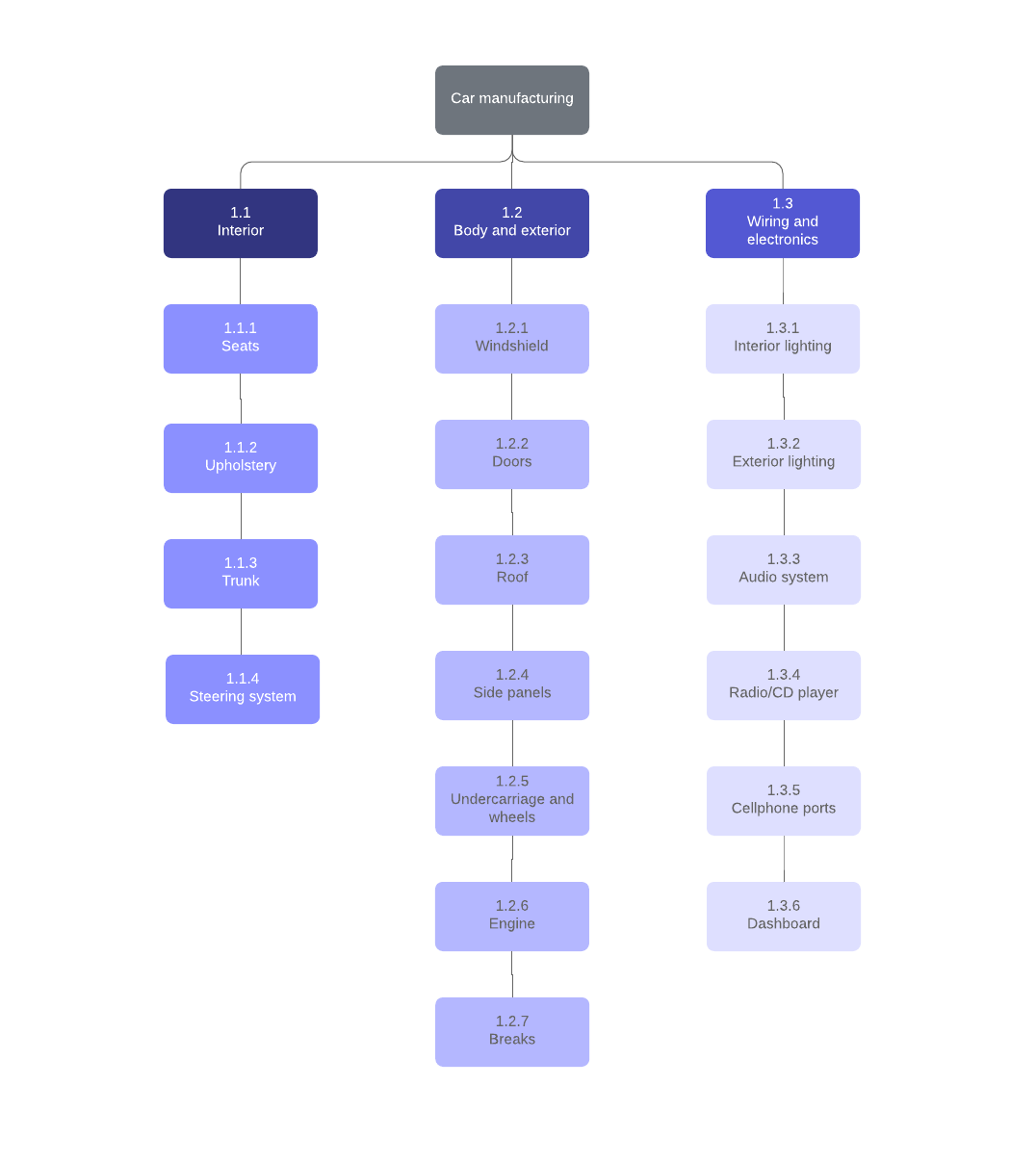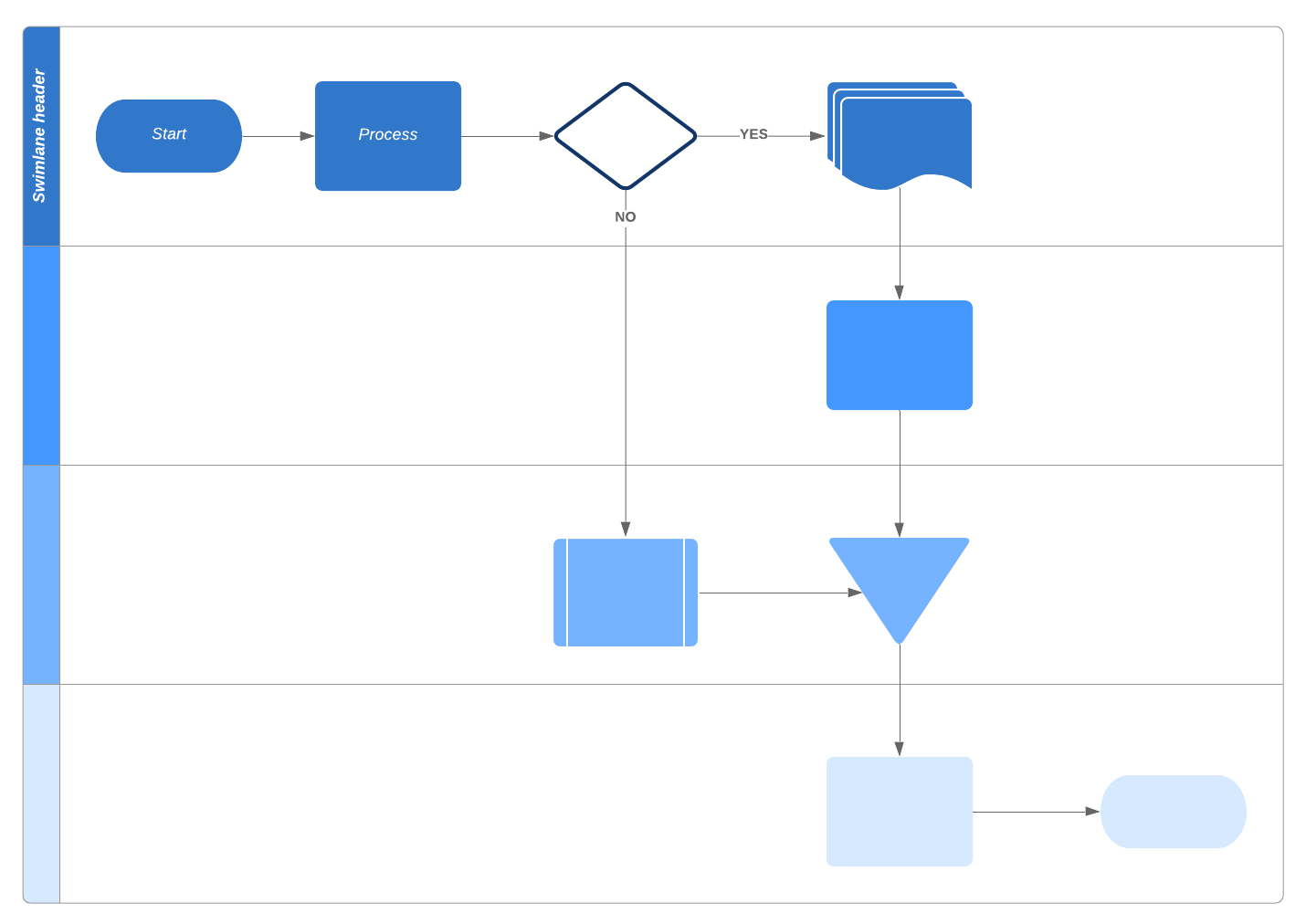5 Project Management Principles
- Address important questions at the beginning of the project
- Sketch out a scope and goals for your project
- Communicate roles, expectations, and objectives to the team
- Monitor progress and identify roadblocks
- Make sure all deliverables have been met and finalize the project
Despite differing opinions and work styles, project managers across industries are united by the principles behind what they do. Though the finer points may diverge, the basic principles of project management remain the same. Whether you’re at a new job or facing unique challenges in a familiar role, read on to be reminded of the five key principles of project management and how you can use them as a backbone to making each day—and each project—more successful.
1. Address important questions at the beginning of the project
Start your project off the right way by taking time to address important questions at the beginning. Whether your team is building out content for a new client or conceptualizing updated software, initiating conversations about the project’s value and mission from the beginning is one of the most important project management principles.
Ask a few of these questions first:
- Should this project happen?
- How will it help the company?
- Can the company benefit from this project at this time?
- What problem is this project solving?
Your job as a project manager involves selling your own company on your idea. If you aren’t sure of the value it brings, they’ll be even less convinced. According to a Gallup Business Journal poll, just 2.5% of companies complete 100% of their projects each year. Given those low odds, a firm grasp of your project’s value, vision, timeline, and objectives is paramount to success later on.
Even if the request for your project came from higher up and is thus already approved, you’ll face challenges throughout the life of your project that will require you to defend its worth. Prepare early so that you aren’t caught off guard later on.
2. Sketch out a scope and goals for your project
While you’re busy getting your project off the ground, the initiation phase transitions to the planning phase. As you assess how valuable your project is and what problem it’s solving for the company, sketch out a scope and goals for your project. Give your project a clear vision when you understand scope for project management.
To help stay on track, try answering these questions:
- What is this project’s main goal?
- What deliverables are needed to reach that goal?
- Who is the best person to own each deliverable?
- What risks exist for this project, and how can you avoid them?
- What is the scope of this project?
Susanne Madsen, a subject matter expert on project management, emphasizes the importance of being thorough during this project planning phase. She explains that it is essential to:
"...have a thorough requirements gathering phase where the team and the client draw up process flows and ensure that the requirements make sense and represent the clients' real needs. Creating demos, mock-ups, proof of concepts, prototypes and pilots are great ways of mitigating the risk of too many changes."
Making the project visual can clearly be an asset during this phase as a way to get everyone on the same page and ensure that you set realistic expectations. Diagrams like PERT charts and work breakdown structures can be very helpful in determining the scope and deliverables. needed for your project.
A PERT chart, also referred to as a project network diagram, visualizes all of the task interdependencies before the project even begins so you can identify the minimum time required to execute the project.

A work breakdown structures segments large projects into smaller, more manageable pieces so you can clearly determine deliverables .

As any seasoned project manager knows, risks exist for every project, and goals and deliverables can change drastically at any time. Understanding what could potentially derail your team’s progress is a key part of your role— clear the way for unimpeded progress early as much as you can through risk management, but prepare for future roadblocks, especially if you’ve done a similar project before.
3. Communicate roles, expectations, and objectives to the team
Communication is arguably the most important principle of project management. Clear communication with your team from the beginning about roles, expectations, progress, and changes to the project ensures that objectives aren’t missed or forgotten. It also makes team members feel their contributions are valued and their concerns are heard.
Additionally, your communication responsibilities extend to stakeholders in the project, whether that’s a client, leadership at your own company, or other external players.
Communicating with a number of stakeholders, each with their own concerns, can be difficult. Start by relaying a few of these points if you feel overwhelmed:
- The progress you’ve made along the project timeline
- The goals and advantages of the project
- The project’s roadblocks and successes
When you’re managing communication between several groups of people visuals can make a huge difference in your ability to stay on track. Waking up in the middle of the night because you forgot to send a new request to a designer or didn’t update a stakeholder on a timeline issue isn’t something anyone wants to experience. Kanban boards, Gantt charts, and flowcharts can eliminate undue stress for your and your team.


4. Monitor progress and identify roadblocks
Though your role doesn’t include creating a project’s deliverables, all project managers know that the middle stages of a project remain busy. One of the main principles that defines the period after a project is executed is monitoring.
During this phase, ask yourself these questions:
- Do all team members understand what’s expected of them?
- What roadblocks exist? How can you remove them for your team?
- Is the project on time?
- Are you communicating and staying organized?
- Does the project need to be redirected from its original scope?
At this point, you and other team members may have more than one project going on at once, so it’s your job to understand exactly how this project is going. During the middle phases, the waters of your project can become murky with changing demands from clients or executives, as well as unanticipated problems that threaten your carefully built budget. Diagrams like kanban boards and flowcharts can also be extremely helpful during this step to visualize the project's progress and increase transparency. If the stakeholders of a given project decide to change the scope or budget, you’ll be responsible for rerouting the project in a sensible, pragmatic way.
5. Make sure all deliverables have been met and finalize the project
Wouldn’t it be nice if, at the end of every project, you and your team had a spare day to catch up and celebrate a job well done? While most project managers would love to have dedicated debriefing time, it’s pretty rare. Instead, you and your team are far more likely to scatter to other projects and looming deadlines elsewhere. Before this happens, however, keep in mind that you, as project manager, decide when to finalize a project. Especially during longer or recurring projects, a project may not officially “end” all at once.

Wrap up your projects on a high notes when you have the right process in place.
Learn moreInstead of letting your team scatter, schedule a brief time to go over the project. When you do, consider these questions:
- Have all deliverables been met?
- Were all deliverables carried out to a standard of quality the team is proud of?
- What did your team do well?
- How could a project like this function better next time?
During this phase, having a templated record of your entire project can be extremely helpful, especially for large-scale or ongoing projects (explore our extensive library of project management templates). And as always, celebrate success. You have a wealth of roles over the course of a project, and being your team’s cheerleader is one of the most important ones.
Depending on the method you use, your industry, and your own experience, your process and individual workflow may not always fit into one simple, step-by-step process. However, when projects are complicated or problems arise, returning to the basic principles of project management and equipping yourself with the right tools can be the difference between a good project and a great one.

Find additional resources, including major project management methodologies and lingo.
About Lucidchart
Lucidchart, a cloud-based intelligent diagramming application, is a core component of Lucid Software's Visual Collaboration Suite. This intuitive, cloud-based solution empowers teams to collaborate in real-time to build flowcharts, mockups, UML diagrams, customer journey maps, and more. Lucidchart propels teams forward to build the future faster. Lucid is proud to serve top businesses around the world, including customers such as Google, GE, and NBC Universal, and 99% of the Fortune 500. Lucid partners with industry leaders, including Google, Atlassian, and Microsoft. Since its founding, Lucid has received numerous awards for its products, business, and workplace culture. For more information, visit lucidchart.com.

